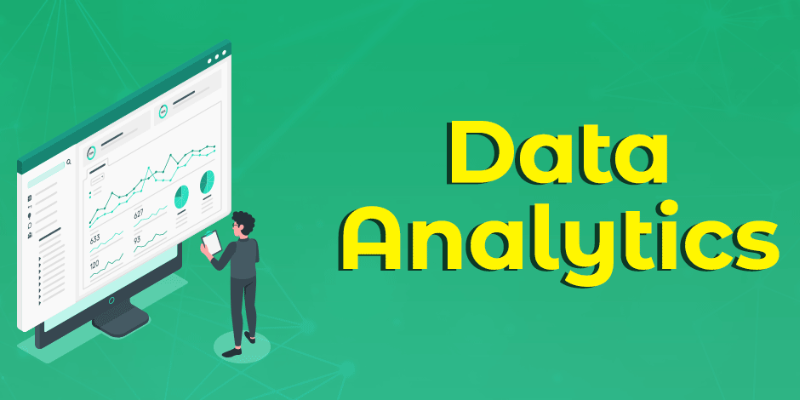What is Data Analysis?
Data analysis involves systematically cleaning, transforming, and modelling data to derive valuable insights that inform strategic business decisions. Its primary aim is to uncover significant information within datasets, enabling informed decision-making processes. In this blog, we will discuss the types of Data Analysis. If you want to learn Data Analytics, you can join the Data Analytics Course in Chennai, which will provide good training and knowledge.
Types of Data Analysis
1. Descriptive Data Analysis
Descriptive data analysis focuses on summarizing and describing the characteristics of a dataset. It involves techniques such as calculating summary statistics, creating visualizations, and generating frequency distributions. Descriptive analysis provides an overview of the data’s central tendencies, variability, and distribution, helping stakeholders understand the dataset’s critical features without making inferences or predictions.
2. Exploratory Data Analysis (EDA)
Exploratory data analysis involves examining data to discover the dataset’s trends, patterns, and connections. EDA techniques include scatter plots, histograms, box plots, and correlation analyses. EDA aims to gain insights into the data’s structure, identify outliers or anomalies, and formulate hypotheses for further investigation. It is often the initial step in the data analysis process, guiding subsequent analyses and modelling efforts.
3. Diagnostic Data Analysis
Diagnostic data analysis identifies the causes of observed phenomena or outcomes within a dataset. It involves examining data to understand the factors contributing to specific outcomes or trends. Diagnostic analysis often utilizes regression analysis, hypothesis testing, and root cause analysis. By identifying underlying drivers or relationships, diagnostic analysis helps organizations understand why specific outcomes occur and inform strategies for improvement or optimization. Join the Data Analytics Courses in Coimbatore to master essential skills, tools, and techniques to analyze and interpret data, driving informed decision-making.
4. Predictive Data Analysis
Predictive data analysis forecasts future outcomes or trends based on historical data patterns. It entails constructing predictive models utilizing regression analysis, time series analysis, and machine learning algorithms. The predictive analysis leverages past data to predict future events or behaviours, enabling organizations to anticipate trends, mitigate risks, and make proactive decisions.
5. Prescriptive Data Analysis
Prescriptive data analysis goes beyond predicting outcomes to recommend actions or interventions to optimize future outcomes. It involves using optimization techniques, simulation models, and decision-making frameworks to identify the best course of action given specific constraints and objectives. Prescriptive analysis provides actionable insights by recommending strategies to achieve desired outcomes and improve decision-making processes.
Data Analysis includes various techniques: descriptive, exploratory, diagnostic, predictive, and prescriptive. These methods help organizations understand data, uncover patterns, predict, and prescribe actions. By mastering these approaches, businesses gain a competitive edge in today’s data-driven landscape. Training Institutes in Chennai also offer comprehensive courses to develop proficiency in these techniques.

